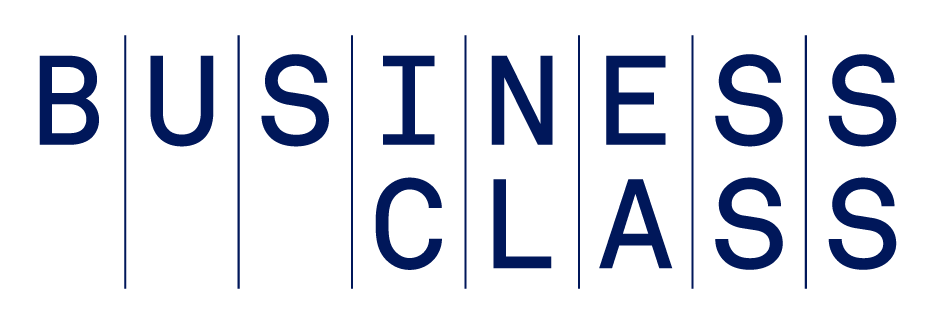A common question business owners have about getting business loan financing is “what is a reasonable amount to ask for a business loan?” Answering this question requires understanding the challenges associated with getting a business loan.
When you’re borrowing money for your business, it’s not just about securing funds. It's about strategically aligning your business’s financial needs with your business's growth trajectory and operational demands. How you determine a business loan amount requires a careful evaluation of your business's financial health, strategic plans, and repayment capacity.
This guide may help you evaluate your business’s position for loan financing and determine the right amount for your needs.
How will you use the business loan?
The purpose of a loan significantly influences the amount you borrow. Here are several reasons business owners get business loans:
- Expanding operations. Many small businesses get business loans to fund operational growth, such as adding to inventory, purchasing new equipment, expanding facilities, or hiring employees.
- Covering operating costs. Business loans can bridge gaps in cash flow to cover daily operational expenses such as payroll, rent, and supplier payments.
- Funding marketing initiatives. Businesses can use loans to finance marketing campaigns, ad spending, branding efforts, and other activities meant to attract new business.
- Managing cash-flow issues. Taking loans out to avoid or cover cash-flow problems related to economic or market downturns is a way to stabilize operations and business finances.
How you determine a business loan amount requires a careful evaluation of your business's financial health, strategic plans, and repayment capacity.
What business loan amount should you apply for?
Funding needs today and tomorrow can influence the current debt your business can manage. If growth projections show you need additional capital to expand operations, upgrade equipment, or meet other objectives, borrowing too much may strain limited cash flows.
However, if your revenue and cash-flow projections remain steady, and you foresee no major funding needs aside from operations, you might be capable of taking on larger debt. Some reasons you may wish to take on more debt than you immediately need include:
- Seizing growth opportunities
- Building cash reserves
- Investing in infrastructure
- Hiring new talent
- Scaling your business to compete
By projecting future cash inputs and outputs over 12 to 36 months, you can assess funding needs that can help determine what size loan is realistic for your repayment capacity. Lenders typically focus on current repayment ability, so it’s wise to have clarity on future financing demands. By taking this approach, you may be better positioned to choose a business loan that leaves enough funds to meet your needs and maintain sustainable growth.
What amount of financing do you qualify for?
Various factors determine the amount of financing your business can afford, but your debt service coverage ratio (DSCR) is what lenders assess when determining the business loan amount they'll approve for you. Lenders consider a DSCR of less than 1.0 weak, meaning your business might have cash flow difficulties. A DSCRs of 1.0 or higher often shows a lender you have a stronger likelihood of loan repayment.
This ratio compares your business's cash flow to its debt obligations to assess your repayment capacity. A DSCR of greater than 1.0 shows a stronger repayment ability, which can help influence the loan amount you consider. But, many lenders want to see a minimum DSCR of 1.25 and regard a DSCR of 2.0 as strong. The ratio lenders prefer may depend on your industry, so do your research.
To calculate your DSCR, use the net operating income (NOI) from your financial statements. (That's revenue - expenses). Then estimate the annual debt servicing cost of the intended business loan amount. Divide your NOI by the annual debt service cost to get your DSCR. For example, a $100k NOI / $24,336 debt service equals a DSCR of approximately 4.11x. In this scenario, your DSCR shows lenders that you can repay a sizable amount of financing. It is important to note that most lenders also consider other factors before determining the business loan amount they will approve. Those may include your time in business, credit history, business plan, collateral, and cash flow.
What is the impact of your business loan repayment schedule?
When applying for a business loan, consider the impact your repayment schedule can have on the loan amount, type, interest rate, and your ability to repay the loan. If you require immediate funding, a short-term loan with a higher interest rate may be a better option. Examples of uses for short-term business loans include working capital, emergency expenses, or to cover a cash flow gap for seasonal business.
But if you're borrowing for needs like business expansion, large capital investments, or business acquisitions and can wait, you may be better served applying for a long-term loan at a lower interest rate.
Shorter terms usually come with higher monthly payments but less interest compounds over the loan’s life, incurring lower total interest expenses. Longer terms mean lower monthly payments because you have smaller installments, but your total financing is higher since interest compounds during the loan term.
Using a business loan calculator such as Calculator.net, Nerdwallet, or Bankrate can help you see how different repayment schedules affect your repayment capacity. You can then choose the repayment term that balances interest rates, total loan costs, and what you can repay from your cash flow.
What is the total cost of your business loan?
Consider the fees the lender charges, origination, processing, underwriting, and prepayment penalties. These fees vary by lender and can drive up borrowing costs significantly.
The interest rate on your business loan plays a key role in the loan's total cost. Lower fixed or variable rates translate to lower total costs over the life of the loan. Interest accrual frequency – which might be daily or monthly – also affects how rapidly loan costs rise, and the loan’s overall effect on your cash flow.
Calculating all fees is essential for choosing a business loan that fits your business's repayment capacity. Consider using your financial statements and cash-flow projections to help you choose an affordable loan that fits your business's financial means.
The Takeaway
Determining the amount to borrow for a business loan requires a variety of factors including what you qualify to borrow, the timeline you plan to repay the business loan, and the total cost associated with the business loan. Taking these factors into consideration and making it a best practice to research your options and consult your business accountant or financial advisor can help you determine the business loan amount that is right for you.
A version of this article was originally published on October 12, 2022 .
Photo: Getty Images






